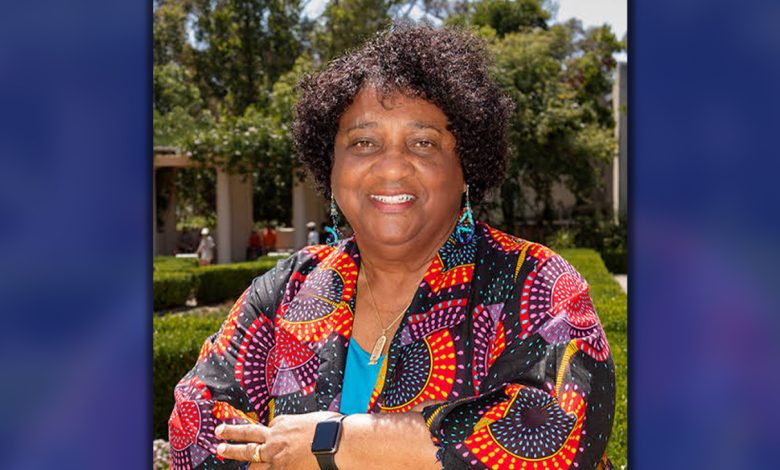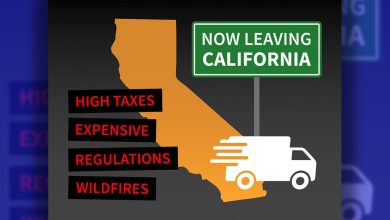Sec. of State Weber Releases Voter Registration Report

By McKenzie Jackson, California Black Media
Diablo Valley College student Ivan Hernandez realized his family didn’t have enough money to support his dream to go to college. However, he has been able to successfully apply for financial aid and is currently enrolled in community college.
“I have been very lucky that financial aid has been such a big factor in my education,” said Hernandez, a double major in Business Administration and Computer Science. “Without financial aid, I don’t think I could be in the education system like I am now.”
The California Community Colleges education system (CCS) enrolls 2.1 million students. Fifty-five percent of those students at the system’s 116 colleges receive financial aid.
According to CCS, 5%, or about 10,500 of its students are Black. Asians account for 11%, Whites, 23%, and Hispanics make up 48% of the student body.
Hernandez was among the speakers during an Aug. 15 press conference hosted by Ethic Media Services, California Black Media, and the California Student Aid Commission, geared at highlighting the Sept. 3 deadline for community college students to apply for financial aid for the 2024-25 school year through the Free Application for Federal Student Aid (FAFSA) or California Dream Act Application.
CSAC Executive Director Dr. Daisy Gonzales said financial aid makes education beyond high school financial possible for all students.
“Financial aid is the most important ingredient in student success in higher education,” said Gonzales, who noted she was a foster youth who used financial aid to attend community college and went on to earn her master’s degree and Ph.D. “I have walked the path of many students in California. Stories like mine do not happen by accident or luck.”
FAFSA is federal aid for students.
The application process for this school year requires students and parents to report their income from 2022.
Funds from FAFSA and the Dream Act help the state’s community colleges serve a substantial percentage of students who qualify as low-income students — with annual income $40,000 — and those who are undocumented or from immigrant families.
“Students regardless of their documentation status or the status of their family members can quality to have their tuition coved as well as aid to help cover costs like rent, food, transportation, and books,” she said. “There is even additional aid to help cover childcare for student parents.”
The amounts in aid packages vary, but for example the Chafee Grant for Foster Youth provides students with up to $5,000 an academic year for up to five years, while the Dreamer Service Incentive Grant awards up to $4,5000 per school year to undocumented students who do volunteer services with an approved organization. The Cal Grant Students with Dependents Grant gives up to $6,000 a year to student-parents to help cover costs associated with being a parent and student.
Applying for financial aid has been a challenge this year for many students due to delays and technical issues complicating the online form caused by the rollout of the FAFSA Simplification Act, which seeks to make federal student aid more gainable by widening Pell Grant eligibility and simplifying the form.
For more information or to apply, visit Better FAFSA, Better CADAA or call 1-888-224-7368.






